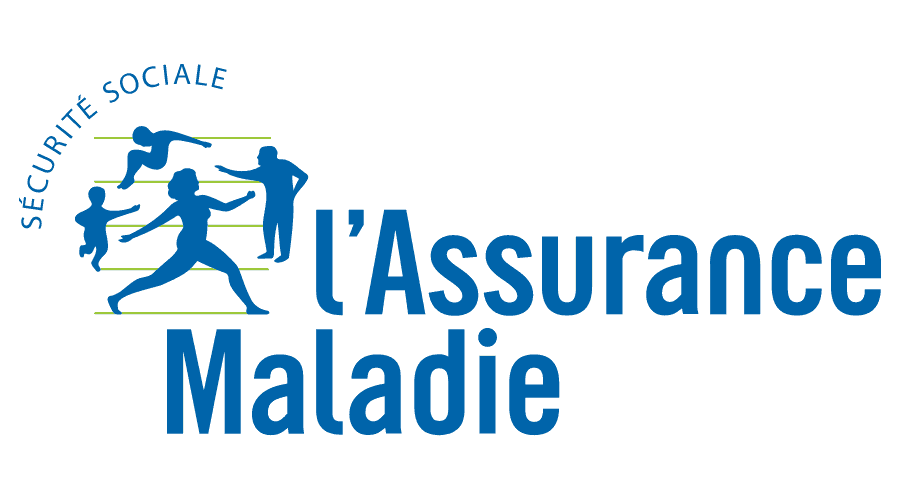








 Services
Blog
Français
Services
Blog
Français
ZNet explains Invisible Programming Language and Invisible Data Theft , the new threat on the internet.
This release enables field-forwarding in formsets and forms with prefix.
Also note that several things have been made to help users: a new tutorial section showing placeholder and minimum-input-length select2 options has been added and a system check will raise an error if select2’s js is not present - typically for users who have git clone’d the repo without --recursive, resulting in a wc without select2.
For devs, we’ve moved from django-sbo-selenium to pytest+splinter and it’s pretty cool !
Read Moredjango-dbdiff was released. It allows to exclude fields from tests with the new exclude parameter, ie::
Fixture(
'tweets/tests/after_create_retweet.json',
models=[Tweet, Retweets],
).assertNoDiff(
exclude={
'tweets.tweet': ['datetime'],
'tweets.retweets': ['datetime'],
},
}This was initially requested by Nicolas Joyard for the Political Memory project.
Note that you shouldn’t use exclude for datetimes like in the above example, but instead use something like freezegun to force datetimes to an arbitrary fixture.
Currently, django-autocomplete-light v2 provides enhancement to default form field generation for model fields, depending on the registered autocompletes, as shown in the tutorial.
For v3, we don’t want this feature inside DAL anymore because it has really nothing to do with autocomplete. Instead, I’m trying to contribute a generic way to do that. It would not benefit only django-autocomplete-light anymore, but all Django apps. You could get enhanced default form fields for model fields just by installing and configuring apps in your project.
Read MoreThis post clarifies the status of django-autocomplete-light and strategy for v3.
No further effort will be made to support new versions of Django in v2. However, it supports the current LTS Django 1.8 and future-release Django 1.10, so we’ve got plenty of time to re-do v2’s best features in v3 (in a better way) and most importantly you’ve got plenty of time to upgrade (until 2018).
It’s a ground-up rewrite and it’s not backward compatible - hence the 2 years upgrade plan.
Read Moredjango-responsediff 0.3.0 has been released !
It now also checks the status_code, and has a cute mixin:
from responsediff.test import ResponseDiffTestMixin
class MixinTest(ResponseDiffTestMixin, test.TestCase):
def test_admin(self):
self.assertResponseDiffEmpty(test.Client().get('/admin/'))The above will fail on the first time with FixtureCreated to indicate that
it has written
responsediff/tests/response_fixtures/MixinTest.test_admin/{content,status_code}.
This file is meant to be added to version control. So next time this will run,
it will check that response.status_code and response.content is the
same, in future version, or in other configurations (ie. py35, py27, pypy, etc
…).
Anybody tried the Visual Python profiler ?
Check out this nice django admin theme: django-jets.








